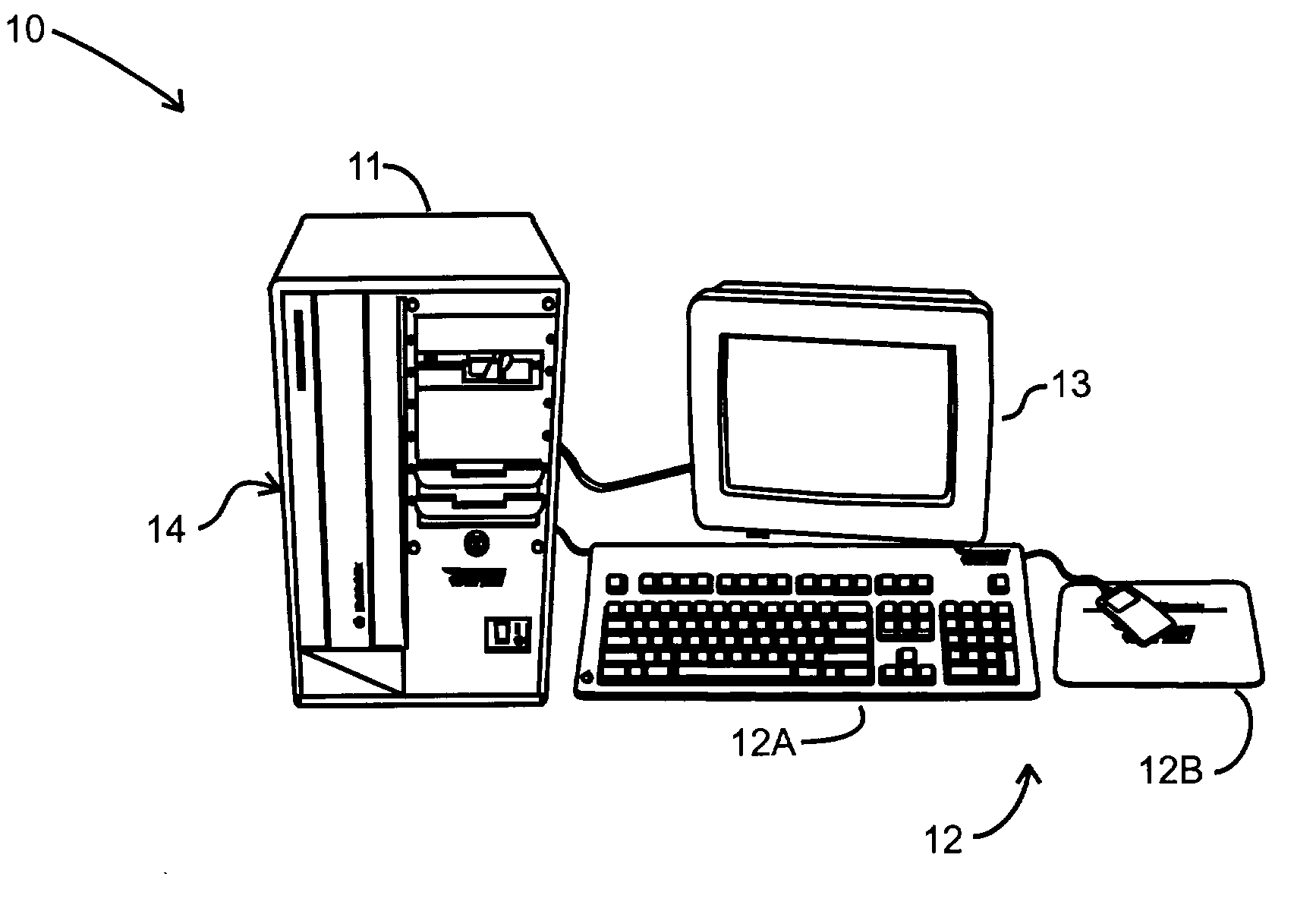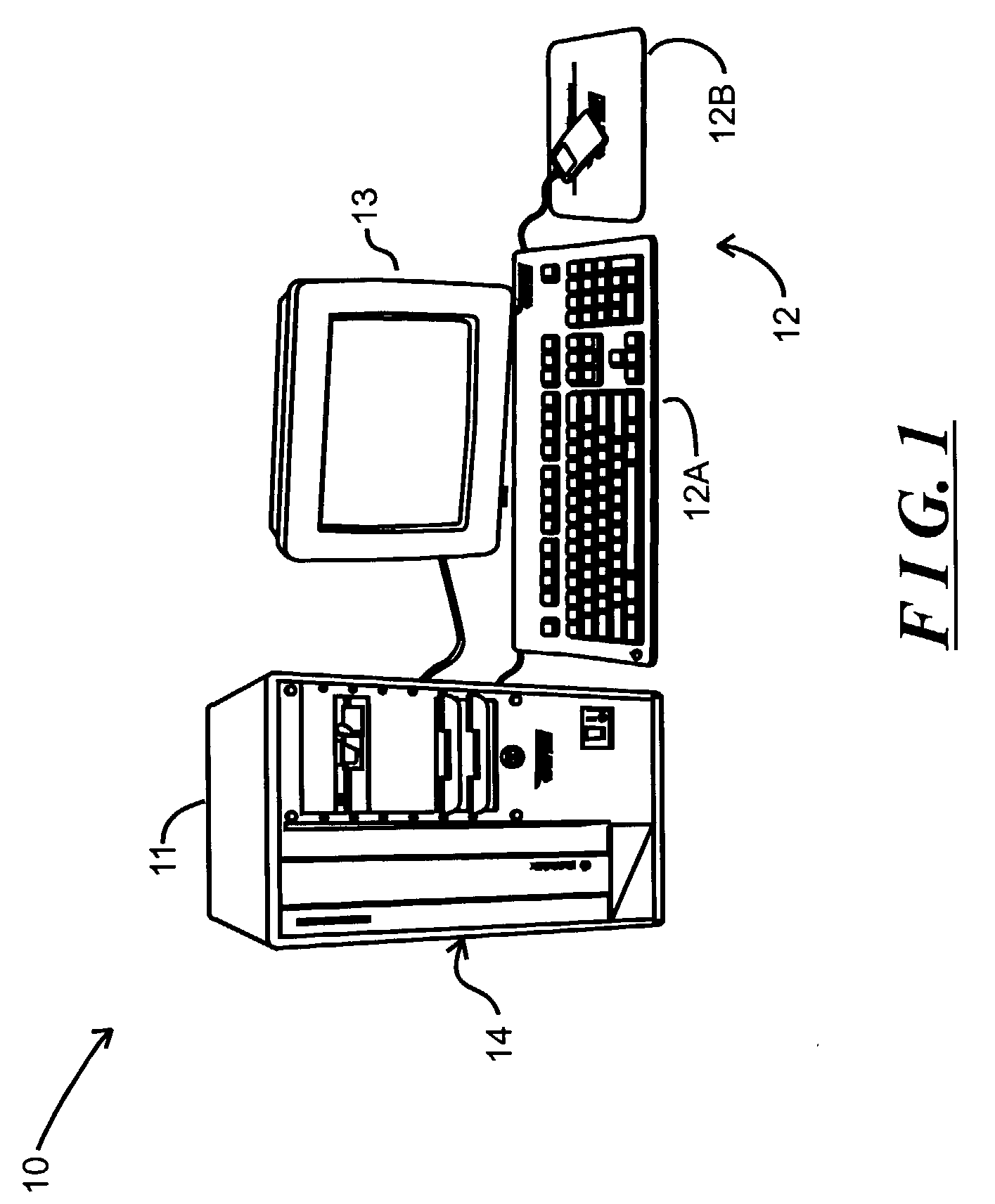Generating an image using sample points determined on a sub-pixel grid offset using elements of a low-discrepancy sequence
a low-discrepancy sequence and sample point technology, applied in image data processing, instruments, electric digital data processing, etc., can solve the problems of difficult determination, large errors, and complicated partitioning of integration domains into sub-domains, preferably of equal siz
- Summary
- Abstract
- Description
- Claims
- Application Information
AI Technical Summary
Benefits of technology
Problems solved by technology
Method used
Image
Examples
Embodiment Construction
[0029]The invention provides an computer graphic system and method for generating pixel values for pixels in an image of a scene, which makes use of a strictly-deterministic quasi-Monte Carlo methodology that makes use of trajectory splitting by dependent sampling for generating sample points for use in generating sample values for evaluating the integral or integrals whose function(s) represent the contributions of the light reflected from the various points in the scene to the respective pixel value, rather than the random or pseudo-random Monte Carlo methodology which has been used in the past. The strictly-deterministic methodology ensures a priori that the sample points will be generally more evenly distributed over the interval or region over which the integral(s) is (are) to be evaluated in a low-discrepancy manner.
[0030]FIG. 1 attached hereto depicts an illustrative computer system 10 that makes use of such a strictly deterministic methodology. With reference to FIG. 1, the ...
PUM
 Login to View More
Login to View More Abstract
Description
Claims
Application Information
 Login to View More
Login to View More - R&D
- Intellectual Property
- Life Sciences
- Materials
- Tech Scout
- Unparalleled Data Quality
- Higher Quality Content
- 60% Fewer Hallucinations
Browse by: Latest US Patents, China's latest patents, Technical Efficacy Thesaurus, Application Domain, Technology Topic, Popular Technical Reports.
© 2025 PatSnap. All rights reserved.Legal|Privacy policy|Modern Slavery Act Transparency Statement|Sitemap|About US| Contact US: help@patsnap.com



